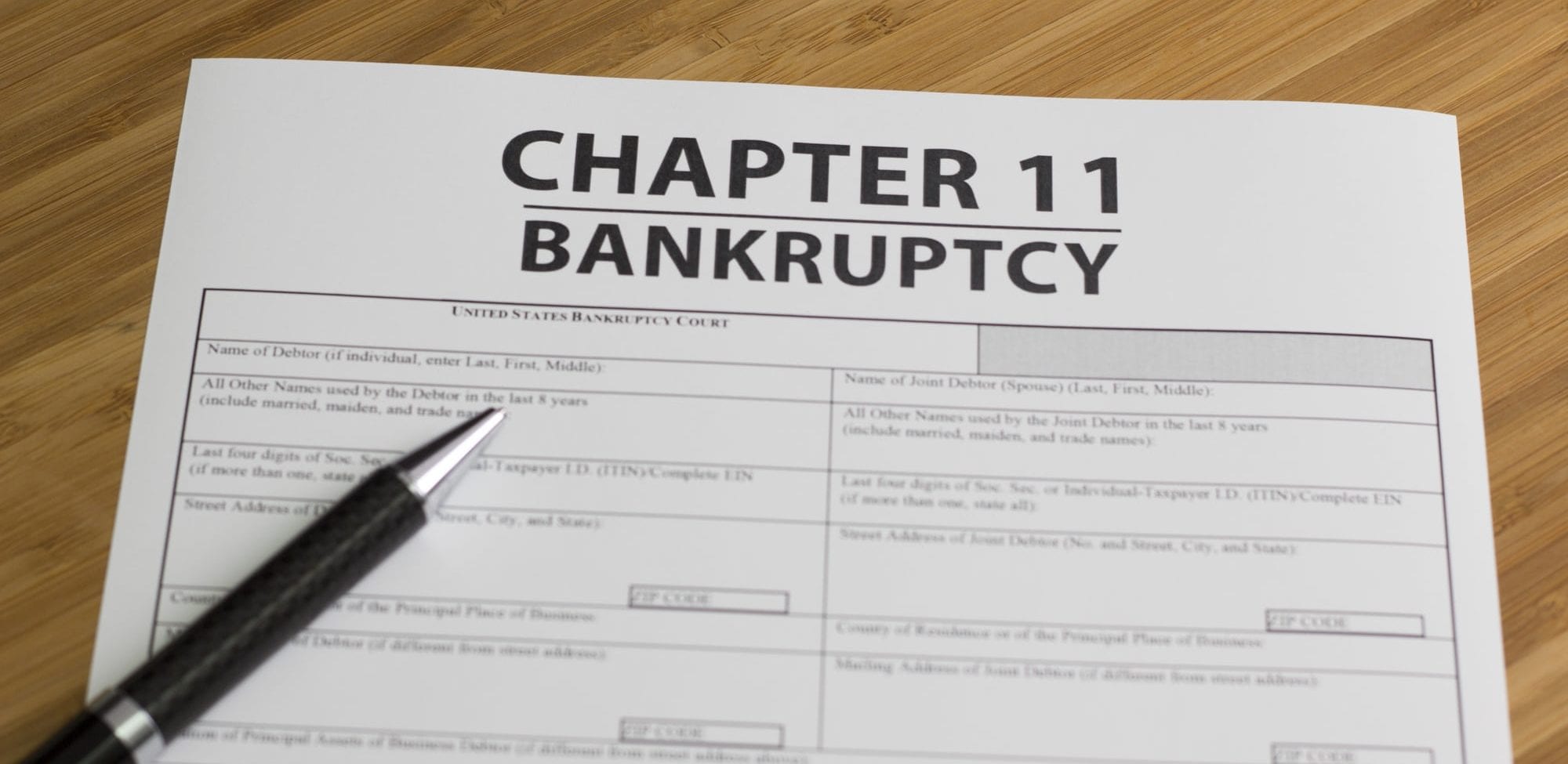Bankruptcy can be a difficult and emotional process for anyone who files. But research shows that certain demographics are more likely to file for bankruptcy than others. Understanding who is most affected can help policymakers and advocates better target resources and outreach.
Age
Younger Americans are the most likely age group to file for bankruptcy. The highest filing rates are among those aged 25-34, followed by the 35-44 age range. As people reach middle age and their peak earning years, bankruptcy filings steadily decline.
Several factors contribute to the high rates among younger filers. They tend to have lower incomes but higher debt levels from expenses like student loans. Younger people are also more likely to experience income volatility from job changes or unemployment. High medical bills from starting families also play a role.
Income Level
Lower income Americans are significantly more likely to file for bankruptcy than middle or high income earners. Those with incomes below the median level account for nearly two-thirds of filings.
With less margin in their budgets, lower earners struggle to absorb financial shocks like medical bills or job loss. Their low savings and assets also provide little protection during hardships. High debt levels compound these issues.
Educational Attainment
Americans without a high school diploma are most likely to file for bankruptcy. Rates decline progressively as education levels rise.
Education is closely tied to income. Those with lower education levels tend to work in jobs with below average pay, reduced benefits, and higher income volatility. This leaves less of a financial cushion during emergencies.
Race/Ethnicity
Research shows higher bankruptcy rates among Black and Hispanic households compared to White households.
Systemic income and wealth gaps along racial lines contribute to disparities in bankruptcy filings. Lower pay and higher unemployment among minority groups make it harder to manage expenses and repay debts. Discrimination in lending also leads to higher borrowing costs.
Marital Status
Unmarried individuals are more likely to file for bankruptcy than married couples. Single filers make up the largest share of bankruptcies.
Single householders rely on one income to cover costs. They also lack the combined wealth and assets provided by dual incomes in married households. Widows and divorced women in particular struggle with lost household income after separation.
In conclusion, bankruptcy filings tend to be concentrated among demographic groups that face greater economic challenges and vulnerabilities. By understanding these bankruptcy trends, policymakers can better target relief programs and resources where they are needed most.







